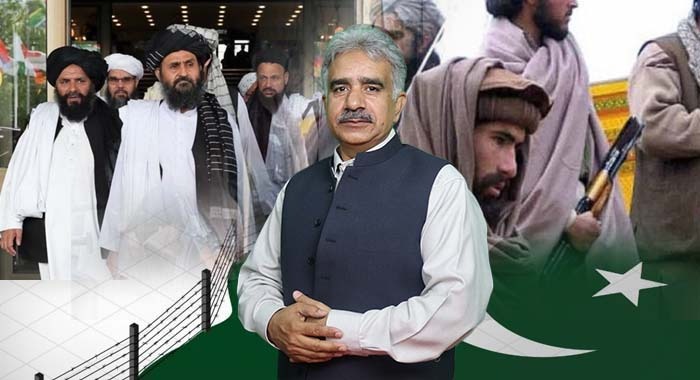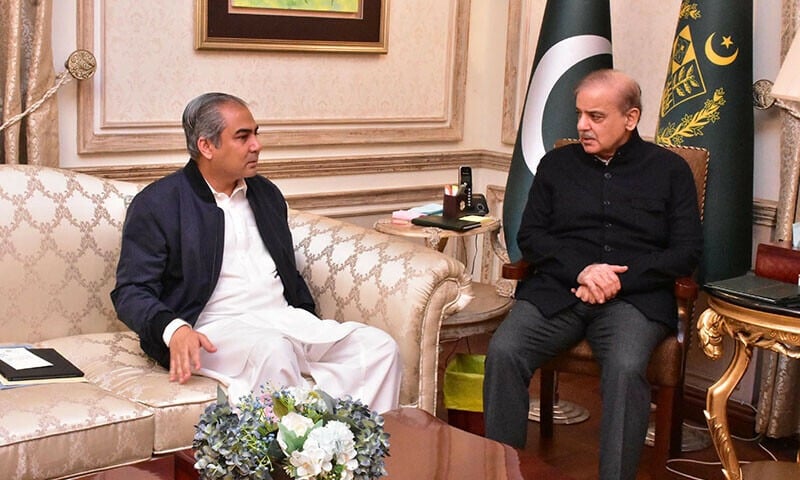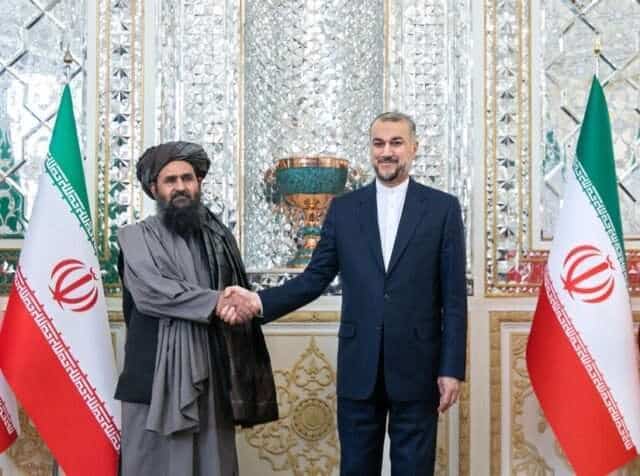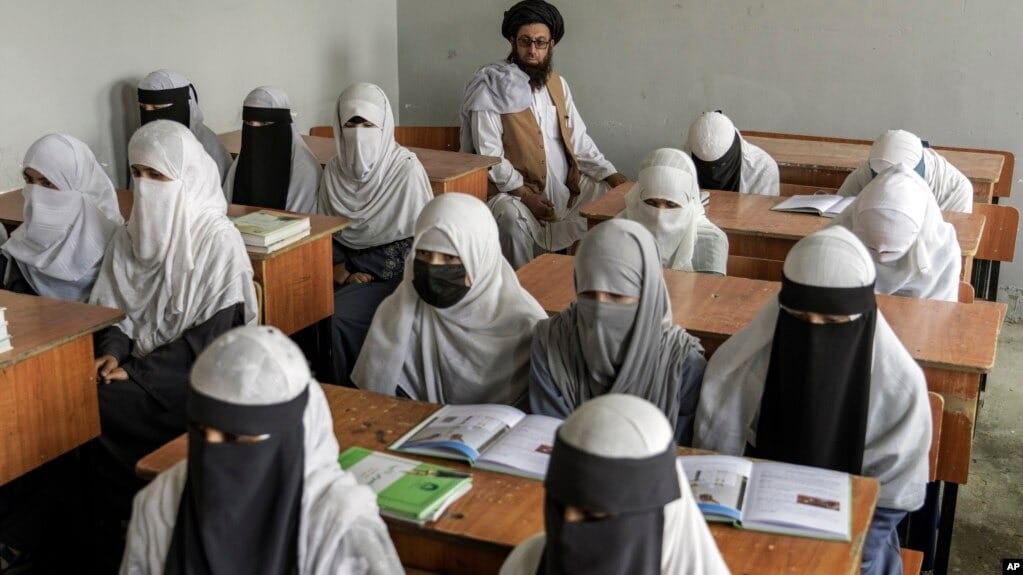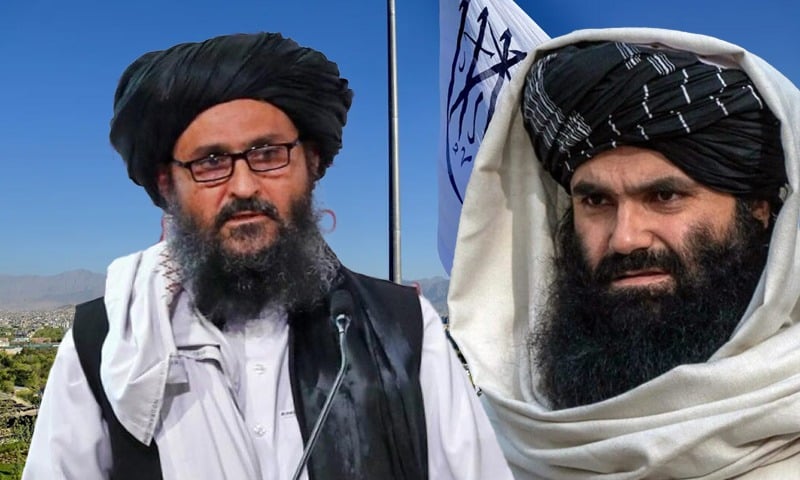(Zahir Shah Sherazi)
The resurgence of terrorism in the Afghanistan–Pakistan belt has once again exposed a harsh geopolitical reality: if the Afghan Taliban cannot or will not act decisively against the Tehreek-e-Taliban Pakistan (TTP), militancy will inevitably spill across borders and endanger the region from South Asia to Central Asia. Despite repeated assurances from Kabul, more than two dozen terrorist groups continue operating freely inside Afghanistan, threatening Pakistan, Iran, China, and the Central Asian republics alike. This is why the fears expressed from Islamabad to Tashkent are not speculative they are grounded in deteriorating security indicators and the Taliban’s refusal to address the core issue: eliminating TTP sanctuaries.
For Pakistan, the problem is not border management or trade formalities; it is the TTP. Without action against these terrorists, neither cross-border trade nor regional connectivity can survive. Pakistan’s stance has hardened: first the end of the TTP–BLA threat, then trade. Kabul, however, continues to prioritise border commerce over security, insisting that regional trade initiatives proceed even as terrorist groups expand. But security is the bedrock of all economic cooperation. No investor will engage in multi-billion-dollar projects pipelines, rail links, transit corridors when Afghanistan itself cannot control its territory.
This security vacuum is what alarms the Central Asian republics most. Uzbekistan, Tajikistan, Turkmenistan, and Kyrgyzstan are watching extremist infiltrations creep closer to their borders. Uzbekistan’s latest proposal for a joint regional bloc on terrorism, trade, and environment is a direct response to growing fears that Afghanistan has become a sanctuary for groups threatening the entire neighborhood. The reality is unavoidable: Afghanistan is landlocked and depends on Pakistan’s routes for access to South Asian and Middle Eastern markets. Trade through Central Asia involves high tariffs, low demand, and transportation costs multiple times higher than through Pakistan. Even the Taliban understand this but their reluctance to act against terrorists has isolated them further.
The situation in Badakhshan illustrates the fragility of the Taliban’s internal control. The emergence of anti-Taliban commanders and attacks near the borders with Pakistan, China, and Tajikistan has rattled regional capitals. Central Asian states have begun discreet discussions on potential regime-change options if the Taliban continue refusing regional security demands. These concerns are not limited to the north. Iran, too, faces terrorism spilling over from Afghan territory, and despite some diplomatic engagement, Tehran maintains deep mistrust especially after Afghan nationals were recently executed for espionage on behalf of Mossad.
Every major regional development project from CASA-1000 to the Mazar-e-Sharif–Torkham railway to the TAPI gas pipeline remains hostage to Afghan insecurity. Even alternatives such as Iran’s Chabahar port are constrained by American sanctions and Tehran’s mistrust of Afghan actors. Russia, meanwhile, has recognized the Afghan Taliban diplomatically but has made it clear that without internal stability, Moscow’s connectivity with South Asia is impossible.
Pakistan, despite absorbing the worst effects of terrorism, has shown restraint. Targeted intelligence-based operations have recently eliminated dozens of terrorists in Dera Ismail Khan, Lakki Marwat, and Bajaur. But restraint cannot substitute for strategy. Pakistan’s internal political divisions particularly over security policy in Khyber Pakhtunkhwa are being exploited by militant groups and Kabul alike. The debate over reducing the army’s presence in tribal districts is reckless when terrorists are armed with American weapons, night-vision systems, and drones. The provincial police do not have the capacity to absorb such threats, as recent attacks on senior officers have tragically demonstrated.
The Afghan Taliban’s narrative that Pakistan internally disagrees on counterterrorism and that provincial governments oppose federal policy may serve Kabul’s media strategy, but it exacerbates an already dangerous crisis. Militant groups are using these political fissures to portray themselves as victims and Pashtun representatives, while the real victims remain the people of Pakistan’s border regions.
Iran, Russia, and China are all attempting to mediate, but mediation is meaningless without guarantees and guarantees are impossible as long as the Afghan Taliban remain unwilling to dismantle terrorist networks. The Taliban want trade first, security later. The region demands the opposite. Without the elimination of TTP, BLA, IS-K, and other groups, no country will accept Afghanistan as a legitimate economic partner.
If Kabul continues on its current path ignoring international expectations, refusing internal inclusivity, and protecting terrorist groups the region will eventually respond collectively. The early signs are already visible: diplomatic pressure, emerging resistance movements, and serious discussions on political alternatives to the Taliban regime.
The question is no longer whether the Taliban will take action against TTP. It is whether the region can afford to wait any longer.
Until Kabul abandons its strategic ambiguity and confronts terrorism decisively, Afghanistan will remain the epicentre of instability and regional peace, trade, and connectivity will remain hostage to a threat the Taliban themselves helped create.

